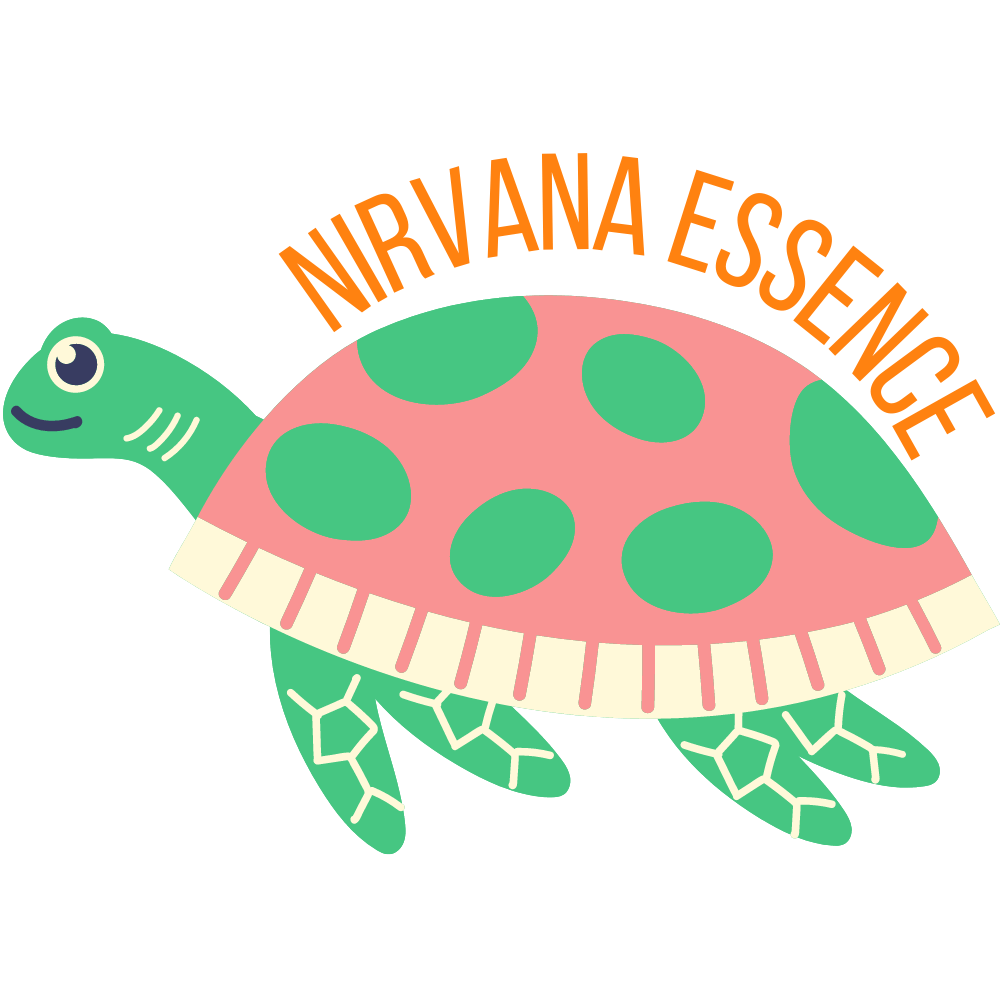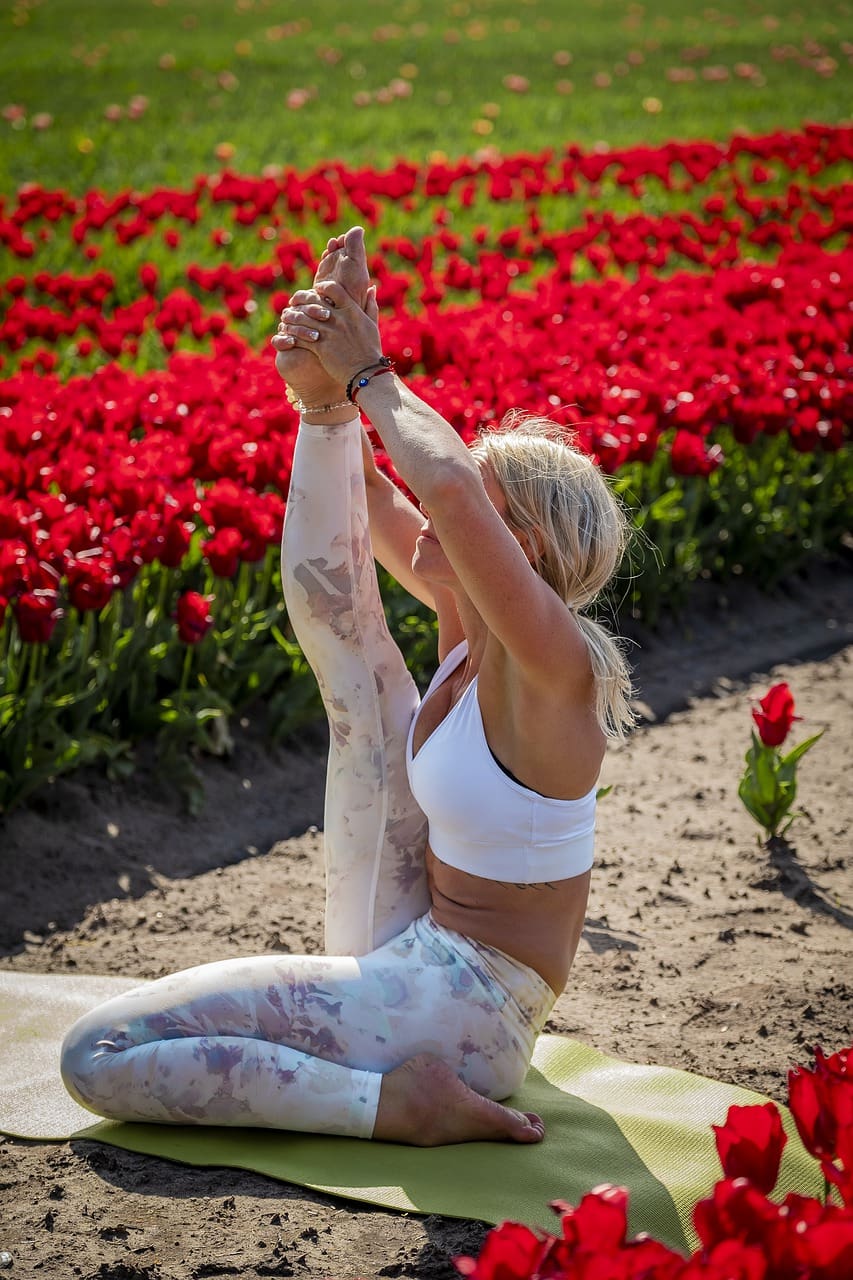Introduction to Vinyasa Yoga
Vinyasa Yoga, a popular style of yoga, is a dynamic practice that links breath and movement in a dance-like way. If you’re a beginner looking to explore this form of yoga, here’s what to know about Vinyasa Yoga. It’s sometimes called “flow yoga” because of the smooth way the poses flow together, almost like a dance.
Vinyasa Yoga is a style of yoga that has gained popularity worldwide due to its dynamic and fluid nature. It’s a practice that encourages movement synchronized with breath, creating a rhythmic, flow-like experience. This style of yoga is often referred to as “flow yoga” because of the seamless transition from one pose to the next, creating a sense of fluidity and grace.
As a beginner, you might be wondering what sets Vinyasa Yoga apart from other styles. Vinyasa Yoga is unique in its focus on the flow of movement and breath. Each pose in a Vinyasa class is linked to the next through the breath, creating a dance-like sequence that can be both meditative and physically challenging.
Understanding the Vinyasa Flow
The term “Vinyasa” can be translated from Sanskrit to mean “connection”. In the context of yoga, this refers to the connection between movement and breath. A Vinyasa flow is a sequence of poses that are performed in sync with the breath. This connection between breath and movement is what gives Vinyasa Yoga its fluid, dance-like quality.
In a Vinyasa class, each movement is tied to an inhale or an exhale. Instructors will often cue students to inhale as they open or expand their bodies, and to exhale as they fold or contract. This breath-led movement is one of the defining characteristics of Vinyasa and is what gives it its flowing rhythm.
Vinyasa Yoga for Beginners
Vinyasa Yoga can be an excellent choice for beginners. It offers a dynamic and engaging introduction to yoga that can be adapted to suit different levels of strength and flexibility. In a typical Vinyasa class, the yoga teacher will guide you through a series of poses, offering modifications and adjustments to suit your individual needs.
As a beginner, you’ll start with simpler poses and gradually work your way up to more complex sequences. This progressive approach allows you to build strength and flexibility at your own pace. It’s also a great way to learn the basics of yoga posture and alignment, which will be beneficial as you explore other styles of yoga.
Key Poses in Vinyasa Yoga
Vinyasa Yoga, sometimes called “flow yoga,” is a dynamic type of yoga that links breath and movement. In a Vinyasa Yoga class, you’ll transition from one pose to another, creating a fluid sequence of movements. Here are some key poses you might encounter in a Vinyasa class:
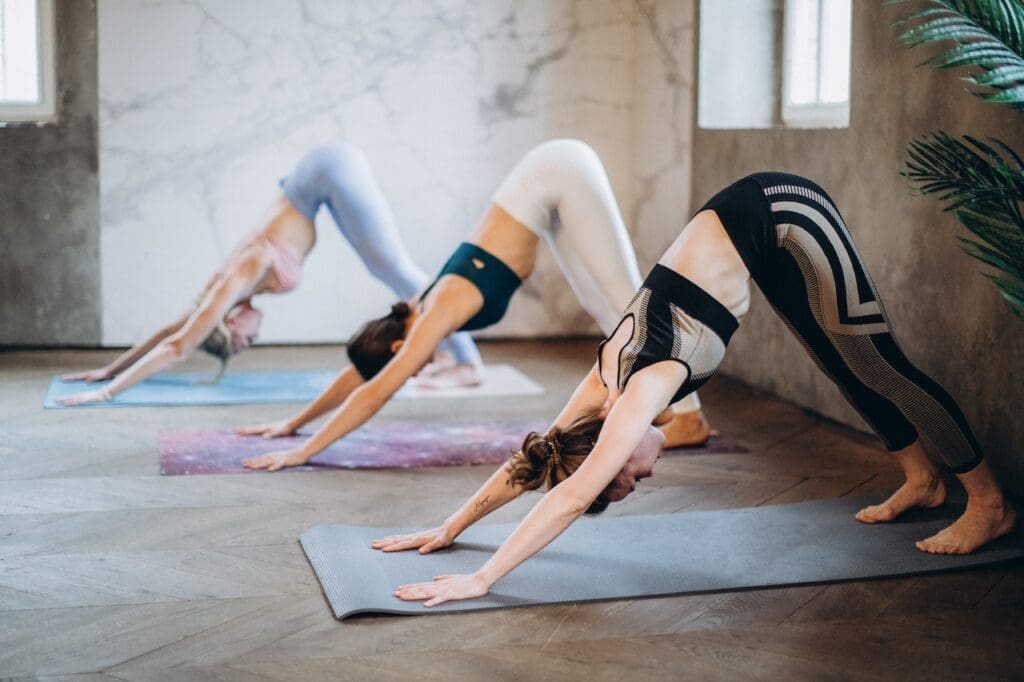
- Four-Limbed Staff Pose (Chaturanga Dandasana): This pose strengthens the arms and wrists and tones the abdomen. It’s often part of the Sun Salutation sequence.
- Upward Facing Dog Pose (Urdhva Mukha Svanasana): This backbend opens the chest and strengthens the upper body. It’s a common pose in many Vinyasa flow sequences.
- Downward Facing Dog Pose (Adho Mukha Svanasana): This pose stretches the entire body and is often used as a resting pose in Vinyasa classes.
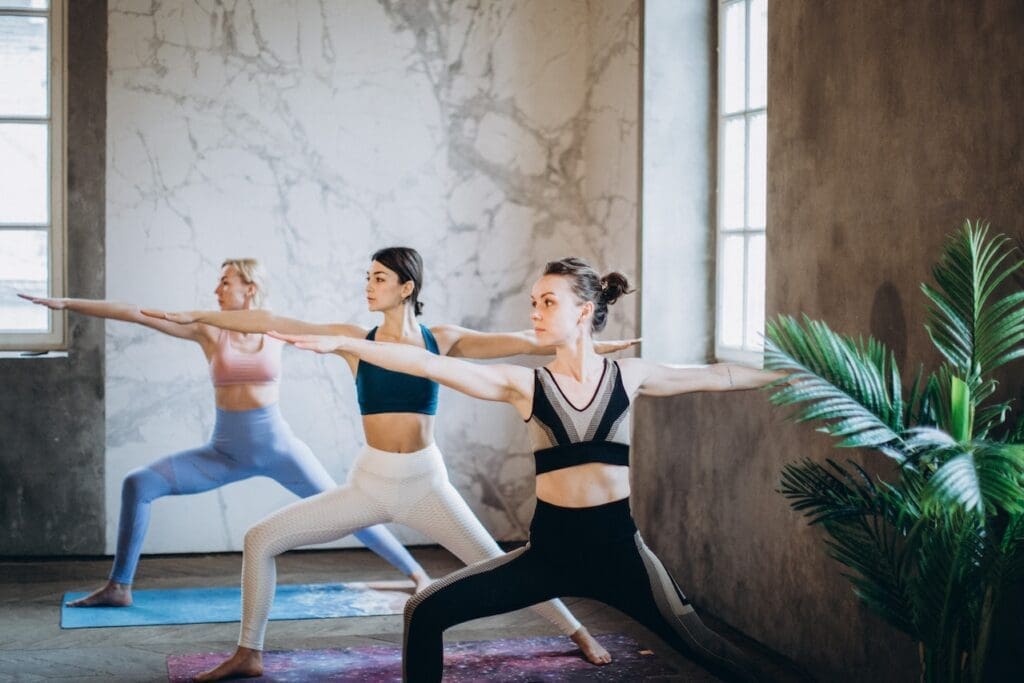
Vinyasa Yoga is known for its diverse range of poses. From standing and seated poses to inversions and backbends, a Vinyasa class offers a comprehensive exploration of yoga asanas. Some key poses that you might encounter in a Vinyasa class include the Downward Facing Dog, a foundational pose that stretches the entire body, and the Upward Facing Dog, a backbend that opens the chest and strengthens the arms.
One of the unique aspects of Vinyasa Yoga is the Sun Salutation sequence. This sequence of poses is often used to warm up the body at the beginning of a class. It includes poses like Mountain Pose, Forward Fold, and Plank Pose, and is performed in a flowing manner in sync with the breath.
Ashtanga and Vinyasa: A Comparison
Ashtanga Yoga is another style of yoga that is often compared to Vinyasa. Both styles involve synchronizing breath with movement, but there are some key differences. Ashtanga Yoga follows a set sequence of poses, which means you’ll perform the same poses in the same order in each class. This can be beneficial for beginners as it allows you to learn and master each pose.
On the other hand, Vinyasa Yoga is more varied. The sequence of poses can change from class to class, offering more diversity and preventing the practice from becoming repetitive. This variety can keep the practice interesting and engaging, making Vinyasa a popular choice among many practitioners.
Benefits of Vinyasa Yoga for Mind and Body
Vinyasa Yoga offers a myriad of benefits for both the mind and body. Physically, the variety of poses in a Vinyasa class can help to strengthen and tone muscles, improve flexibility, and promote better balance and stability. The continuous movement in Vinyasa Yoga helps to increase heart rate, making it a great choice for those looking to improve cardiovascular health.
But the benefits of Vinyasa Yoga extend beyond the physical. The practice is also known for its mental and emotional benefits. The focus on breath and movement can help to quiet the mind, reduce stress, and promote a sense of peace and relaxation. Many Vinyasa practitioners also report improved focus and mental clarity as benefits of their practice.
Moreover, Vinyasa Yoga allows for a deep connection between mind and body. This connection, fostered through mindful movement and breath awareness, can lead to greater self-awareness and a sense of inner peace. It’s this holistic approach to well-being that makes Vinyasa Yoga more than just a physical workout, but a comprehensive practice for overall health and wellness.
- Improved Strength and Flexibility: Vinyasa Yoga involves a variety of poses and sequences that can help to strengthen and tone muscles, improve flexibility, and promote better balance and stability.
- Stress Relief: The focus on breath and movement in Vinyasa Yoga can help to quiet the mind, reduce stress, and promote a sense of peace and relaxation.
- Cardiovascular Health: The continuous movement in Vinyasa Yoga can increase heart rate, making it a great choice for those looking to improve cardiovascular health.
- Improved Focus and Mental Clarity: Many Vinyasa practitioners report improved focus and mental clarity as benefits of their practice.
- Increased Self-Awareness: Vinyasa Yoga allows for a deep connection between mind and body, leading to greater self-awareness and a sense of inner peace.
It’s important to note that the benefits of Vinyasa Yoga can vary from person to person and may depend on factors like the frequency and intensity of practice, individual health status, and the guidance of a registered yoga teacher. Always consult with a healthcare professional before starting any new yoga practice.
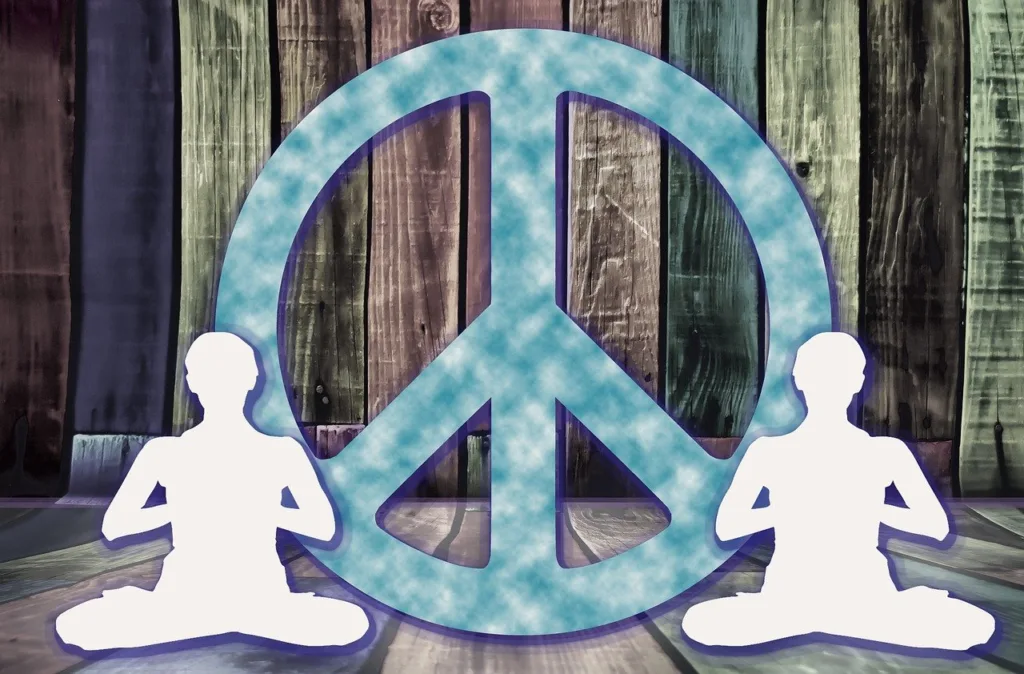
Power Yoga vs. Vinyasa Yoga
Power Yoga, another modern form of yoga, is often compared to Vinyasa Yoga. Both are dynamic, flow-based styles of yoga that link breath and movement. However, Power Yoga, as the name suggests, tends to be more vigorous and fast-paced, often seen as a workout-focused form of yoga. Vinyasa Yoga, on the other hand, while still challenging, often places a greater emphasis on mindfulness and the connection between mind and body.
Power Yoga is a great option for those looking for a high-intensity workout that combines strength, flexibility, and cardio. However, if you’re seeking a more balanced practice that emphasizes mindfulness and breath awareness, Vinyasa Yoga might be a better fit. It’s always a good idea to try out different styles of yoga to see which one resonates with you the most.
Conclusion: Is Vinyasa Yoga Right for You?
In conclusion, Vinyasa Yoga is a versatile and adaptable style of yoga that can be a great choice for both beginners and experienced yogis. Its focus on flow and the connection between breath and movement offers a unique practice that can benefit both mind and body. Whether you’re looking for a physical workout, a way to reduce stress, or a spiritual practice, Vinyasa Yoga has something to offer.
If you’re interested in trying Vinyasa Yoga, consider finding a certified yoga instructor in your area or look for online classes. Many yoga studios offer beginner-friendly Vinyasa classes, and there are also plenty of online resources available if you prefer to practice at home. Remember, every yoga practice is personal, so take the time to find what works best for you.
FAQs
Q1: Is Vinyasa Flow Yoga for beginners?
A1: Yes, Vinyasa Flow Yoga can be a great choice for beginners. It offers a dynamic and engaging introduction to yoga that can be adapted to suit different levels of strength and flexibility. In a typical Vinyasa class, the yoga teacher will guide you through a series of poses, offering modifications and adjustments to suit your individual needs. As a beginner, you’ll start with simpler poses and gradually work your way up to more complex sequences. This progressive approach allows you to build strength and flexibility at your own pace.
Q2: How is Vinyasa different from other yoga?
A2: Vinyasa Yoga is unique in its focus on the flow of movement and breath. Each pose in a Vinyasa class is linked to the next through the breath, creating a dance-like sequence that can be both meditative and physically challenging. This is different from styles like Hatha Yoga, where poses are often held for longer periods, or Bikram Yoga, which follows a set sequence of poses in a heated room.
Q3: What is unique about Vinyasa Yoga?
A3: What sets Vinyasa Yoga apart is its fluid nature. It’s sometimes called “flow yoga” because of the smooth way the poses flow together, almost like a dance. In a Vinyasa class, each movement is tied to an inhale or an exhale, creating a rhythmic, flow-like experience. This breath-led movement is one of the defining characteristics of Vinyasa and is what gives it its flowing rhythm.
Q4: Does Vinyasa Yoga build strength?
A4: Yes, Vinyasa Yoga can help build strength. The variety of poses and sequences in a Vinyasa class can help to strengthen and tone muscles throughout the body. Additionally, the continuous movement in Vinyasa Yoga can increase heart rate and promote cardiovascular health, contributing to overall physical strength and endurance.
Q5: Is Vinyasa Yoga a good workout?
A5: Absolutely! Vinyasa Yoga is known for its dynamic sequences that can get your heart pumping. The continuous flow of poses can provide a great cardiovascular workout, while the poses themselves can help to build strength, flexibility, and balance. Plus, Vinyasa Yoga also offers mental and emotional benefits, making it a comprehensive workout for both body and mind.
Q6: Can I do Vinyasa Yoga while pregnant?
A6: It’s always best to consult with a healthcare professional before starting any new exercise regimen during pregnancy. That said, prenatal yoga classes, which may include modified Vinyasa sequences, can be a great way to stay active and relieve stress during pregnancy. Always listen to your body and consider seeking out a yoga teacher who is experienced in prenatal yoga.
Q7: Does Vinyasa Yoga burn fat?
A7: Vinyasa Yoga, with its continuous movement and flow of poses, can certainly contribute to calorie burn and potentially fat loss. However, it’s important to note that fat loss comes from a combination of regular physical activity and a balanced diet. Vinyasa Yoga can be a great part of a healthy, active lifestyle.

